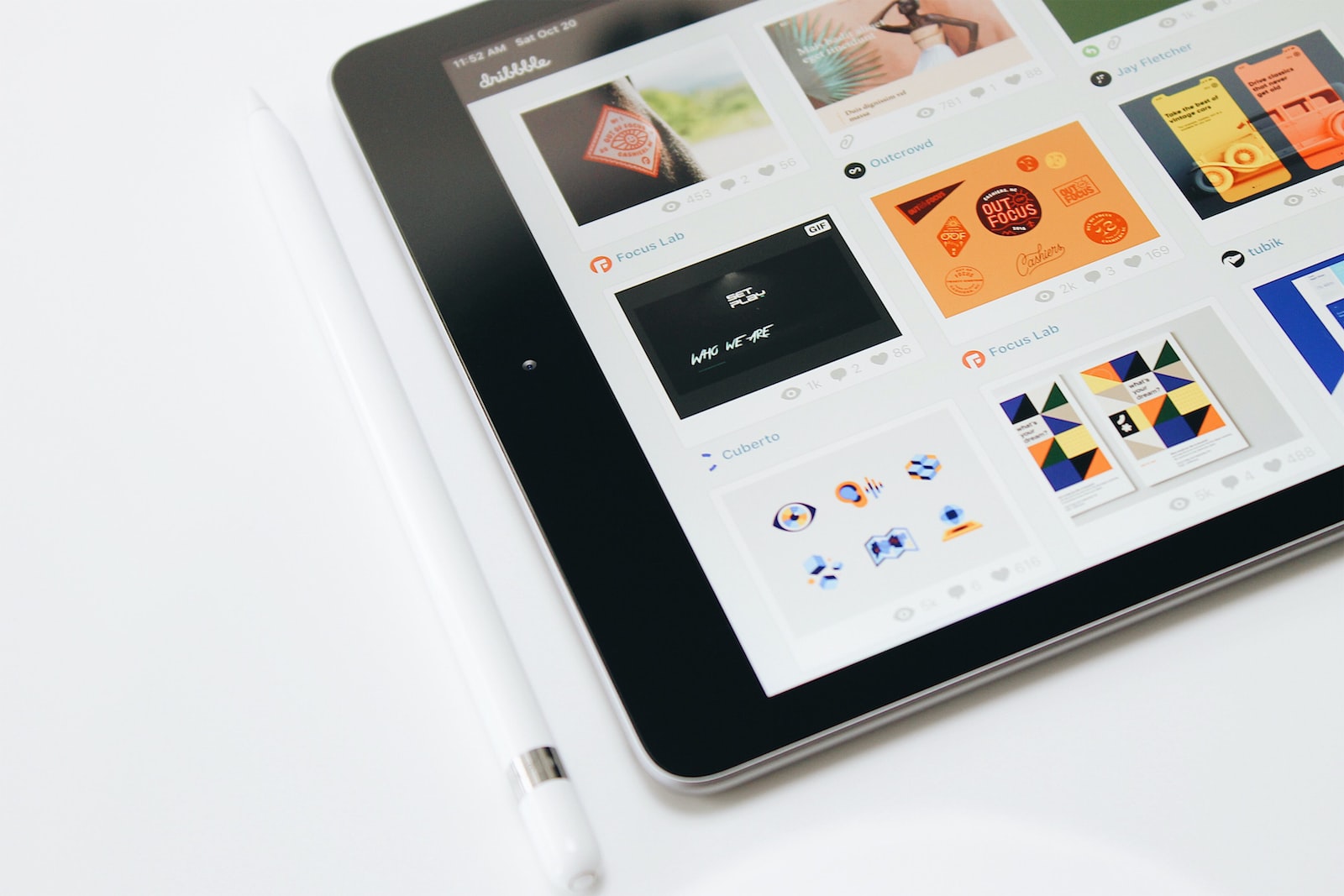Designing graphics or illustrations for print is daunting because of the number of variables involved. Even a single mistake can render the entire graphic useless. To avoid this, simply follow the few tips highlighted below, and you will be able to make a stunning impression with print design.
1. Balance the layout well:
Balancing the layout involves comparing different elements in the design on different sites. For example, when you divide the design into upper and lower portions or left and right portions, an approximately equal number of elements should be present on either side.
Any deviation from this will make this design seem cluttered or difficult to view. That is why the first step is to balance the layout well
2. Get the text hierarchy right:
Illustrations and graphics will, of course, have some text. The most important piece of text is the headline. However, the sub-headlines, descriptive text, and call to action are equally important. Rather than using the same font and size for all of these, you have to create a text hierarchy.
The primary example is that the headline will be bigger but more concise than the rest of the text.
The rule of thumb is to follow an upside-down pyramid. The largest text size will be at the top, and the smallest text will be at the bottom. This will improve legibility.
3. Choose the color palette wisely:
The colors are pretty important in graphics and illustrations. While most designers might go for the brightest and boldest colors but such a combination is not suitable for every application.
An illustration for a live band can be bright and bold. However, the same is not true for a vegan food market.
The good idea is to use an earthy color palette along with a couple of bright colors to suit almost every application.
Additionally, if the brand or the company already has a logo or an identity, borrow the colors from that.
4. Use icons wherever possible:
Remember that you are designing a graphic or illustration and not a presentation. Consequently, the amount of text you can include is limited.
What if you want to explain concepts?
Icons are your best option in that case. Merely by using icons, you can convey a message easily without using words at all. Moreover, since they are visually appealing, they will add to the aesthetics of the design.
5. Preview for readability:
No matter how much time and effort you have put into the graphics and illustration, without a proper preview, chances are, there will be a few mistakes. Preview can be of two types.
-
Digital:
The digital preview allows you to check how the graphic appears on your computer or your laptop. It will allow you to balance the layout well, correct any text mistakes, and so on.
-
Physical:
Even after looking at the digital preview, there are chances that on paper, the graphical illustration might deviate from the one you wanted to create. That is why, instead of printing it in bulk, print a couple of sample copies and study them well.
If you’re designing for a client, it is a good idea to get the client’s approval before going for the bulk of printing.
Previews help you in numerous ways:
- Nailing the design right in the first attempt.
- Increasing client satisfaction.
- Correcting any mistakes without high economic costs.
No need to spend days just trying to figure out how to get the graphic or illustration right for print design. Stick to the five tips above, and you will be able to nail the design every time.

